
The Cellular Chair by Danish designer Mathias Bengtsson is a genius blend of art, design and biotechnology. Created by Mathias Bengtsson by means of a specific computer program invented by the artist himself, which is based on the evolution of cellular bone tissues, the Cellular Chair is not only organic in form but in structure as well: rather than composed, the chair has been “grown” obeying the growth logic of a living organism.
It is produced a limited edition of 8 unique pieces (+ 4 A.P) with it’s own DNA so to speak. This technologically revolutionary chair is produced in resin by 3 D printing and subsequently silver-coated. Cellular Chair is one of the biggest and most complex structures to have been covered with pure silver ever. The chair was exhibited at the Victoria and Albert Museum at the exhibition Industrial Revolution 2.0.in September 2011.
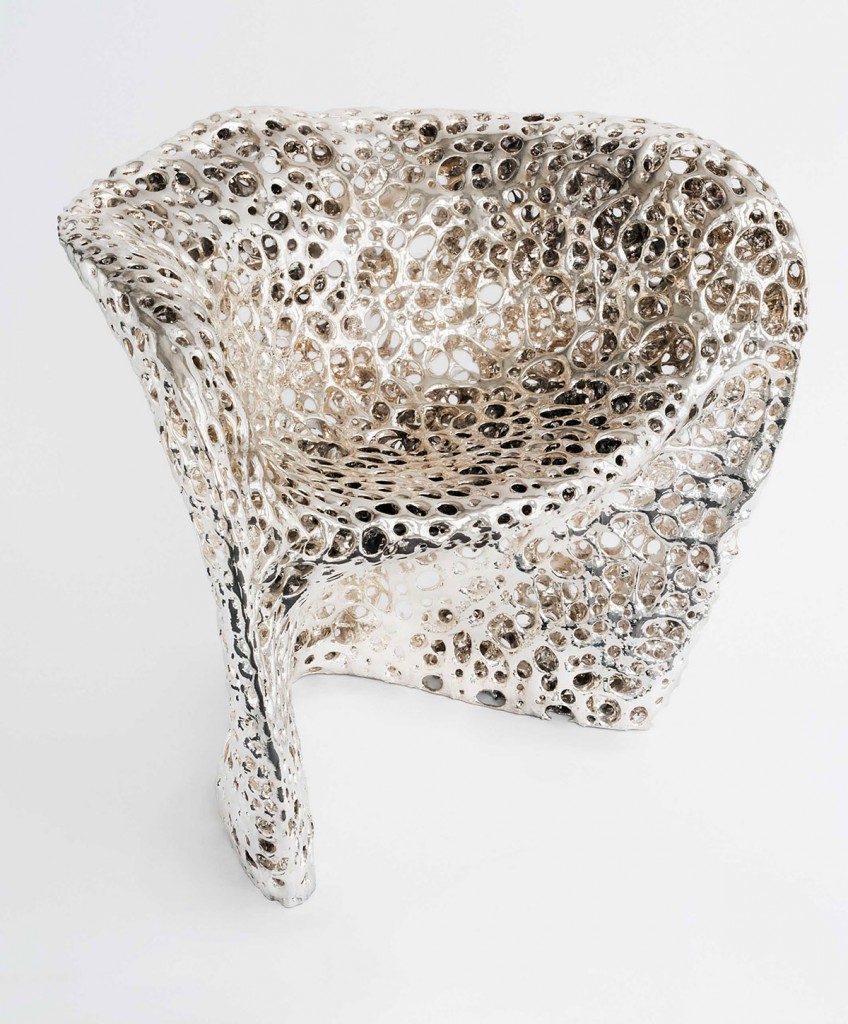
Cellular Chair Silver
2011
Silver coated 3D printed resin
74/42 x 82 x 64 cm
Limited edition of 8 unique pieces (+ 4 AP)
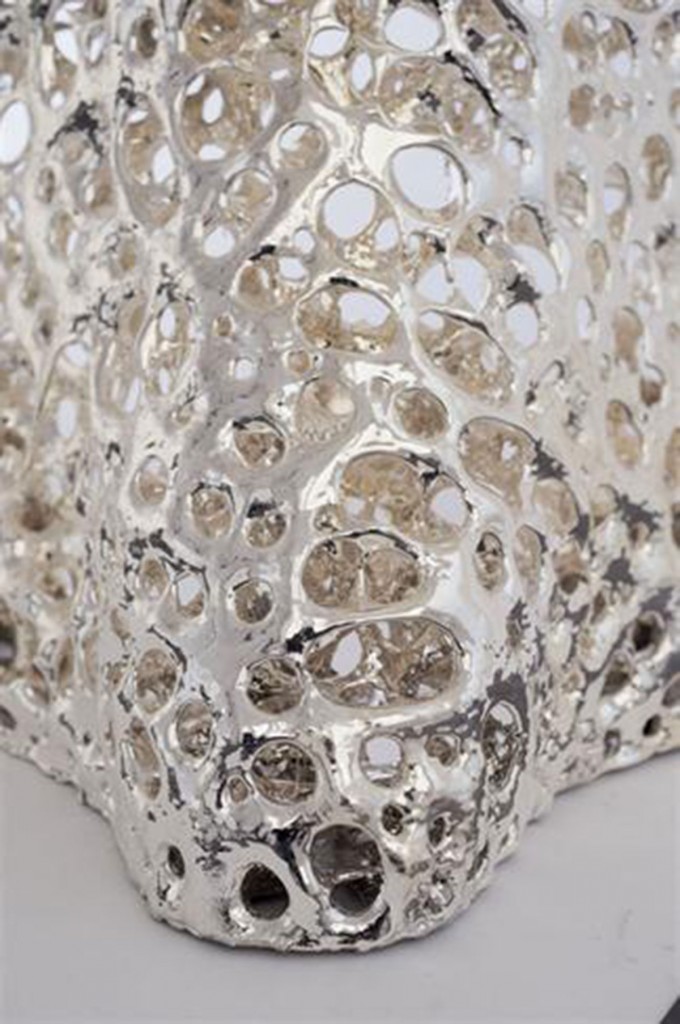
Cellular Chair Silver
2011
Silver on epoxy
74/42 x 82 x 64 cm
Limited edition of 8 unique pieces (+ 4 AP)
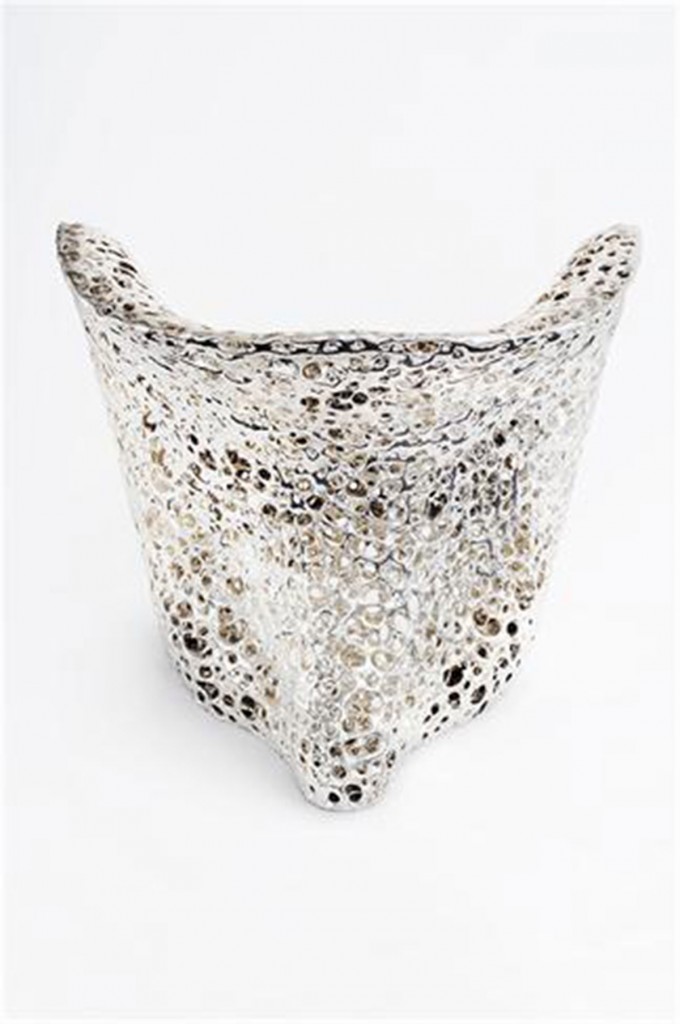
Cellular Chair Silver
2011
Silver on epoxy
74/42 x 82 x 64 cm
Limited edition of 8 unique pieces (+ 4 AP)
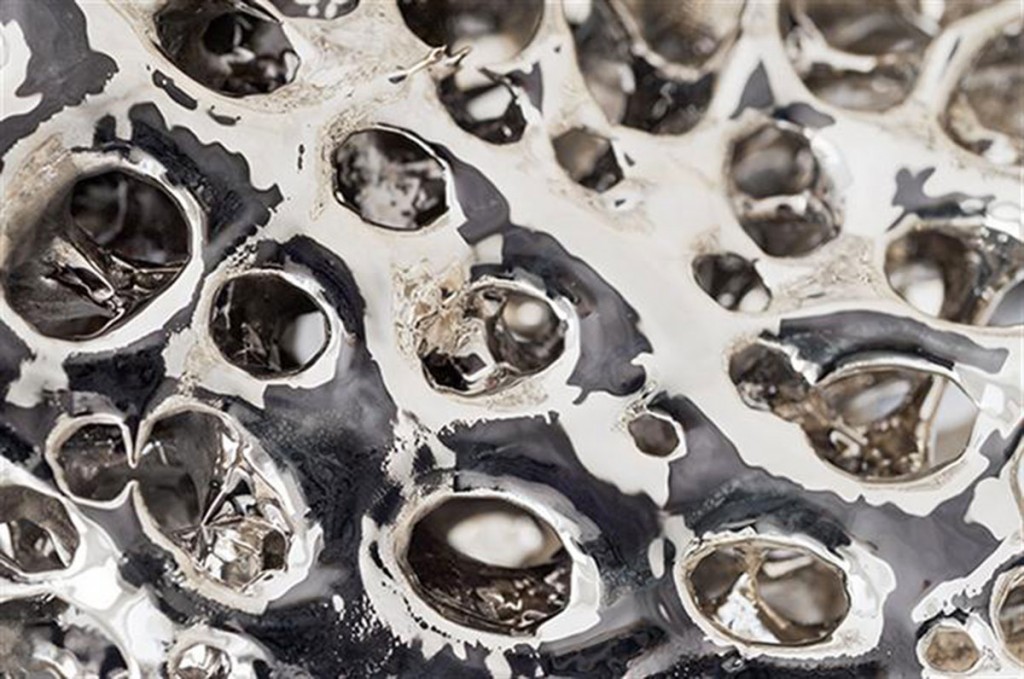
Cellular Chair Silver
2011
Silver on epoxy
74/42 x 82 x 64 cm
Limited edition of 8 unique pieces (+ 4 AP)
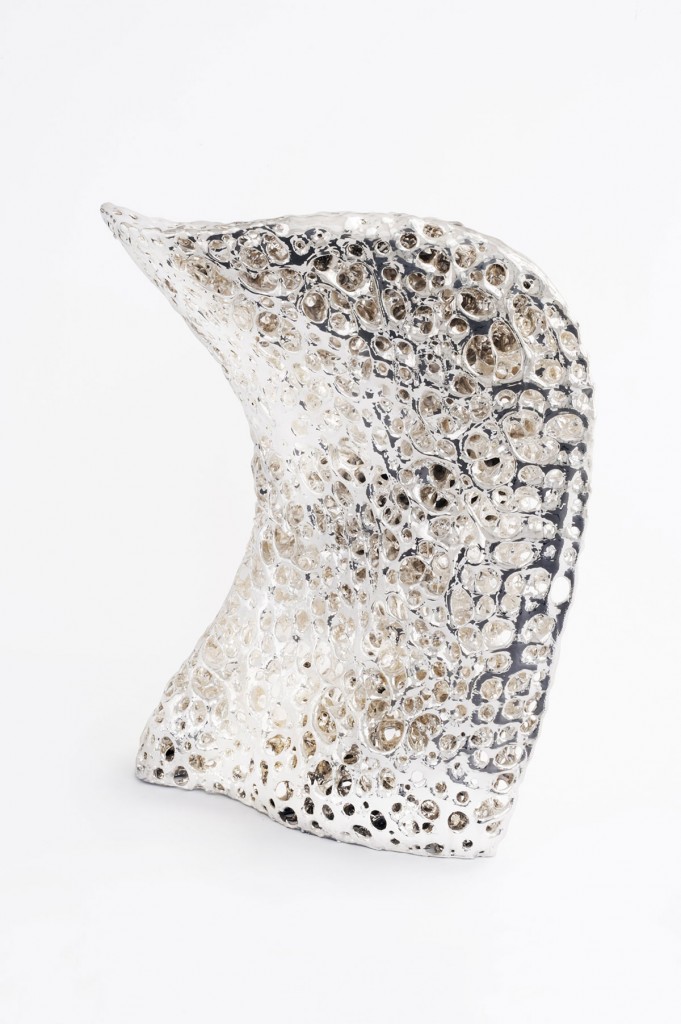
Cellular Chair Silver
2011
Silver on epoxy
74 x 86 x 68 cm
Limited edition of 8 unique pieces (+ 4 AP)
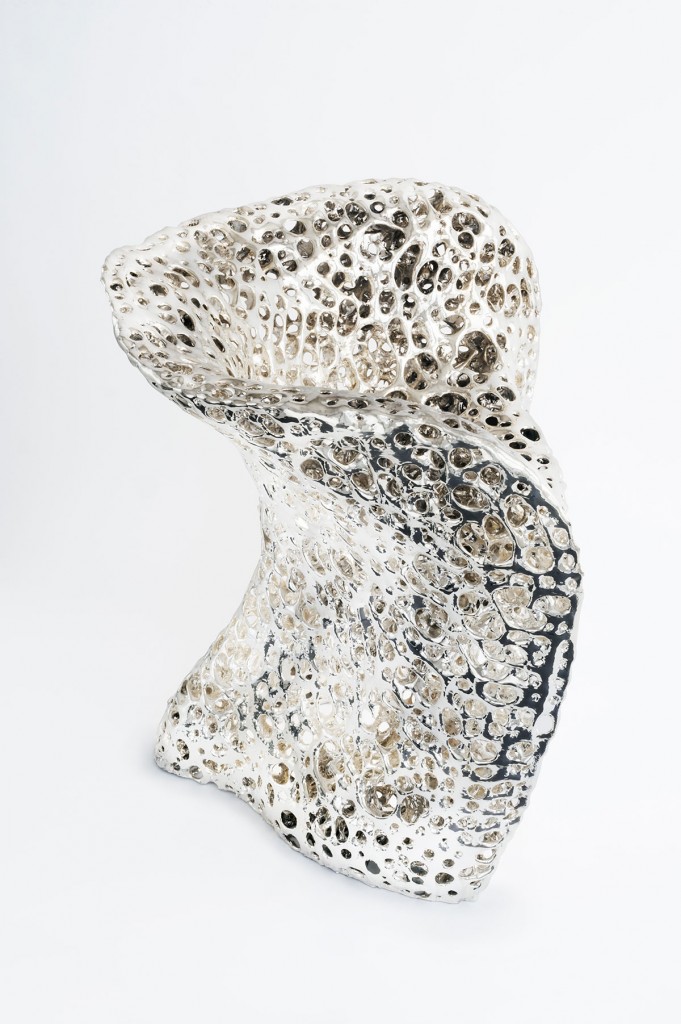
Cellular Chair Silver
2011
Silver on epoxy
74/42 x 82 x 64 cm
Limited edition of 8 unique pieces (+ 4 AP)
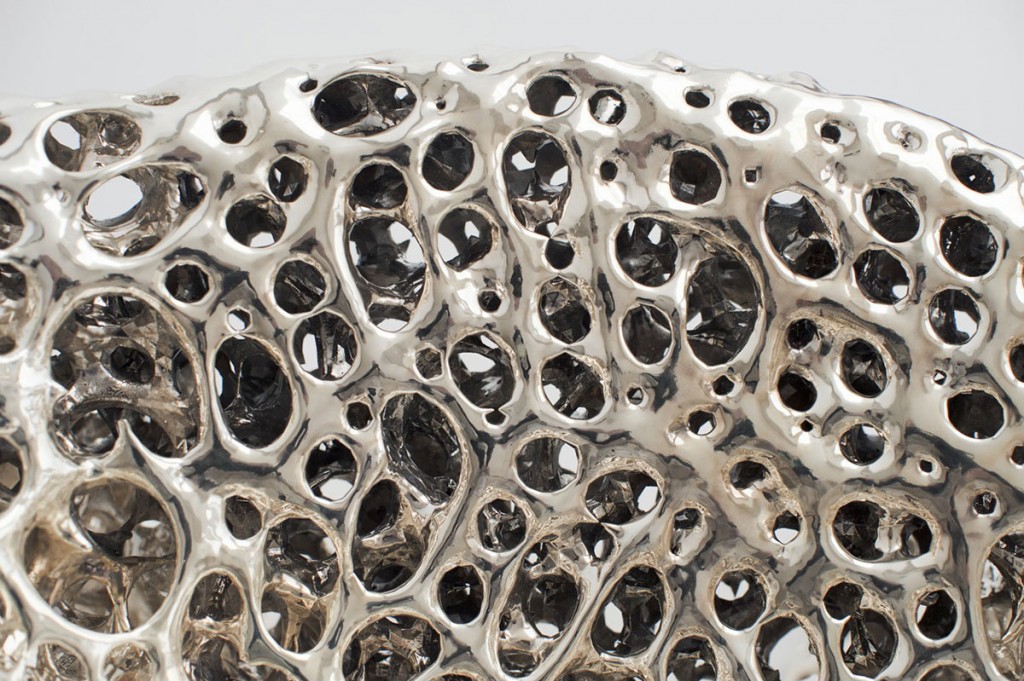
Cellular Chair Silver
2011
Silver on epoxy
74/42 x 82 x 64 cm
Limited edition of 8 unique pieces (+ 4 AP)
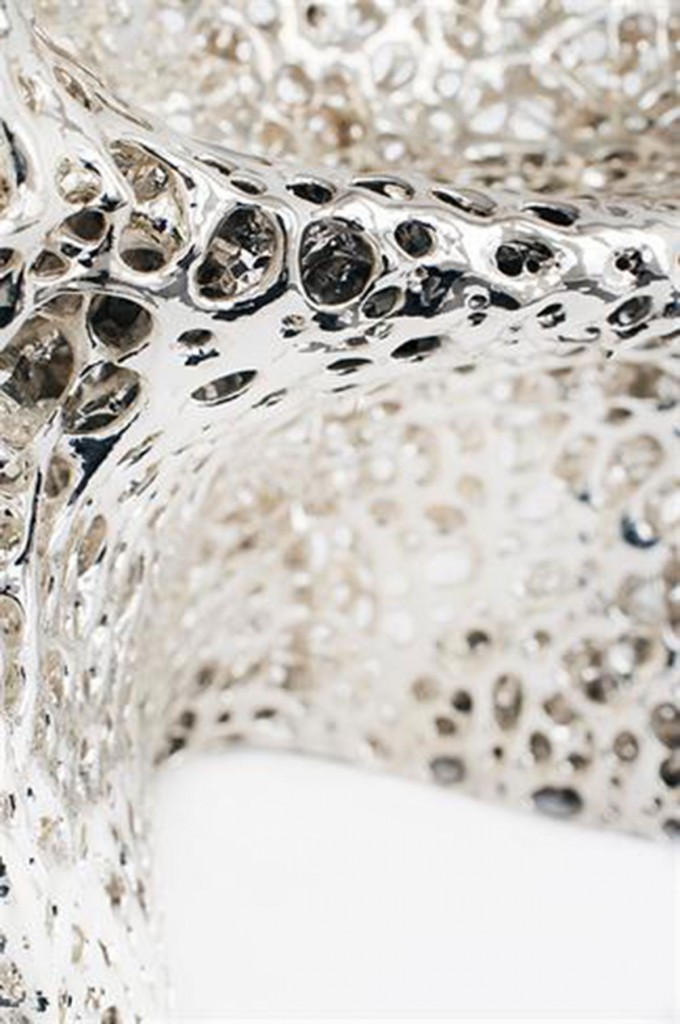
Cellular Chair Silver
2011
Silver on epoxy
74/42 x 82 x 64 cm
Limited edition of 8 unique pieces (+ 4 AP)
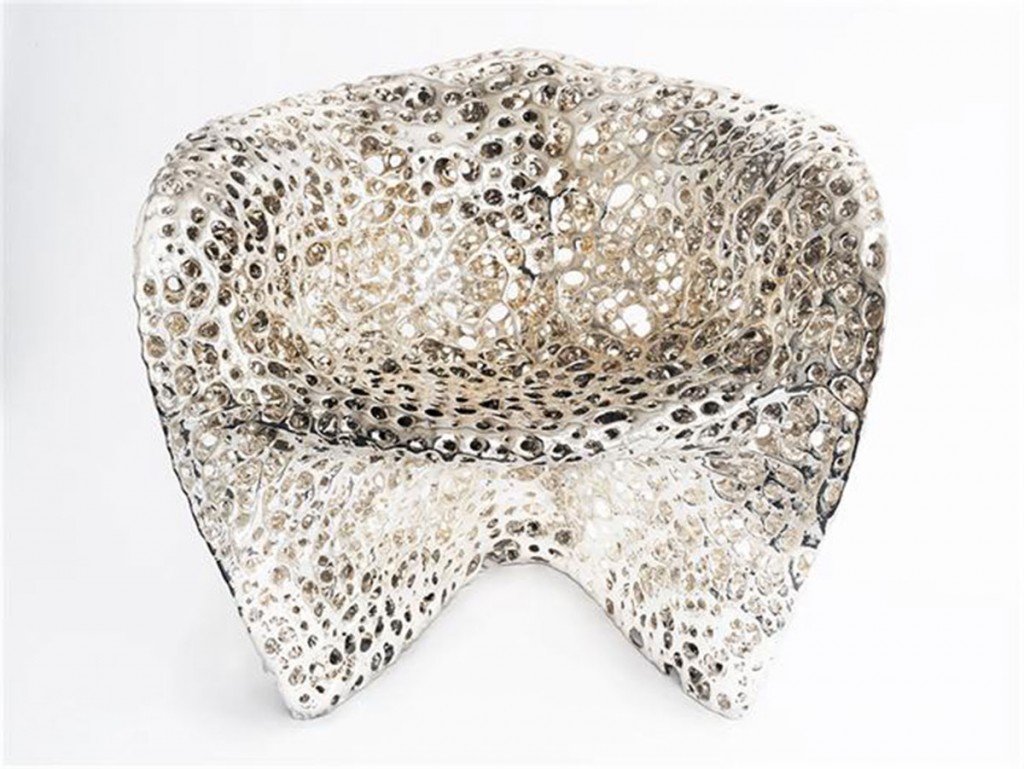
Cellular Chair Silver
2011
Silver on epoxy
74/42 x 82 x 64 cm
Limited edition of 8 unique pieces (+ 4 AP)

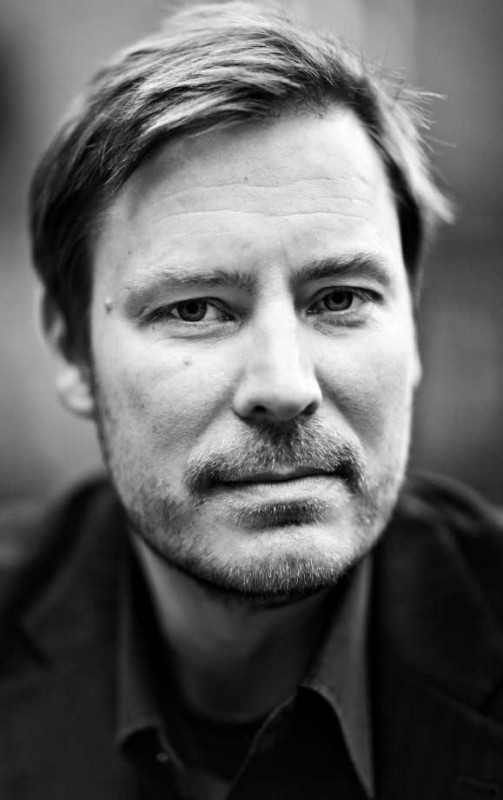
Mathias Bengtsson was born in Copenhagen in 1971 and studied furniture design at the Danish College of Design and the Art Centre College in Switzerland before returning to Copenhagen to form the design collective known as “Panic”. Bengtsson went to London in 1996 to study under Ron Arad at the Royal College of Art where he obtained a degree in 1999 before opening with fellow graduates the design studio “At the Third Stroke” and a year later the “Design Laboratory” in partnership with Sam Buxton. In 2002, Bengtsson opened his own studio.
Mathias Bengtsson makes sculptural objects that are both visually striking and technically innovative. Working with diverse industrial materials and processes, he pushes forward the sculptural, technical, and philosophical possibilities of three-dimensional design. Always seeking to take his thinking in new directions, Bengtsson breaks down established boundaries between design, art, craft and technology.
Bengtsson has since the beginning of his artistic career in the 1990s been inspired by natural forms. His early pieces such as the “Slice” and “Spun Chairs” are marvellous examples of organic design, reflecting the heritage from Scandinavian mid-century design masters such as Finn Juhl and Verner Panton. Certain parallels have already been noticed between Juhl, Panton and Bengtsson in their sculptural approach to design, and in 2011 Bengtsson received the acclaimed Finn Juhl Prize of the Wilhelm Hansen Foundation.
However, with the Cellular Chair (2011) in lightweight resin and the Growth Chair (2012) in solid bronze, Bengtsson takes the idea of organic design to another level because as the titles imply, these works are based on the evolution of organic life itself. By means of a computer program, designed by the artist, the structure of the piece is determined uniquely for each piece to simulate the regeneration of bone tissue or vegetal growth, to create a strong, stable construction.
There is something truly ambitious, audacious and crazily inventive in Bengtsson’s efforts to breach the barriers between nature and human artifice. Creating forms that are analogous to Nature (and no longer an imitation) by using Nature’s own secrets and laws of growth is a Promethean enterprise, and his latest works from the Cellular and the Growth series are masterfully illustrating the thinning boundary between the natural and the artificial.
His pieces occupy a room like individual sculptural units, and often they even exceed their functional dimension, albeit without cancelling it. But even though one can still sit in his pieces, comfort is not exactly a priority here. As Bengtsson once said: “The functions of providing optimal comfort and convenience have long been solved – the study of ergonomics was completed in the 1960s,” he argues. “My furniture is about challenging our senses: that is its function.” Indeed, Bengtsson has indeed since the 1990’s, and before the trendy “design art” concept entered the scene, been toning down the boundaries between design, art and craft while focusing on a mutual exchange between these traditionally separated dimensions.
Bengtsson’s artistic impact on the design field has not passed by unnoticed. Curators of art museums on both sides of the Atlantic have been showing his works extensively both in fine art and design contexts such as in the Victoria & Albert Museum, the Design Museum in London and the Rohsska Museum in Göteborg. Moreover his pieces have been boughtfrom an early stage by a number of significant museums such as the MOMA, The Contemporary Arts Museum in Houston; The Manchester Art Galleries, England; Indianapolis museum of art, USA; Carnegie Museum of Art in Pittsburgh, USA, the Milwaukee Art Museum, USA and lately the Centre Pompidou in Paris France.

UHMEPBEP – Interior Design Magazine / March 2016
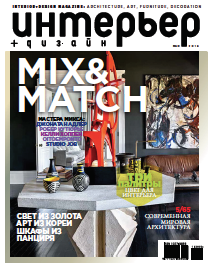
LE MONDE / March 30th, 2016

PARIS CAPITALE / March 2016
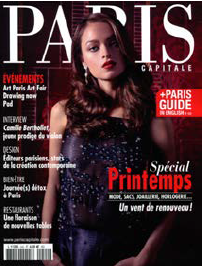
OBJEKT RUSSIA / MARCH 2016

BLOUIN ART INFO / October 12th, 2015

FINANCIAL TIMES / October 26th-27th, 2015
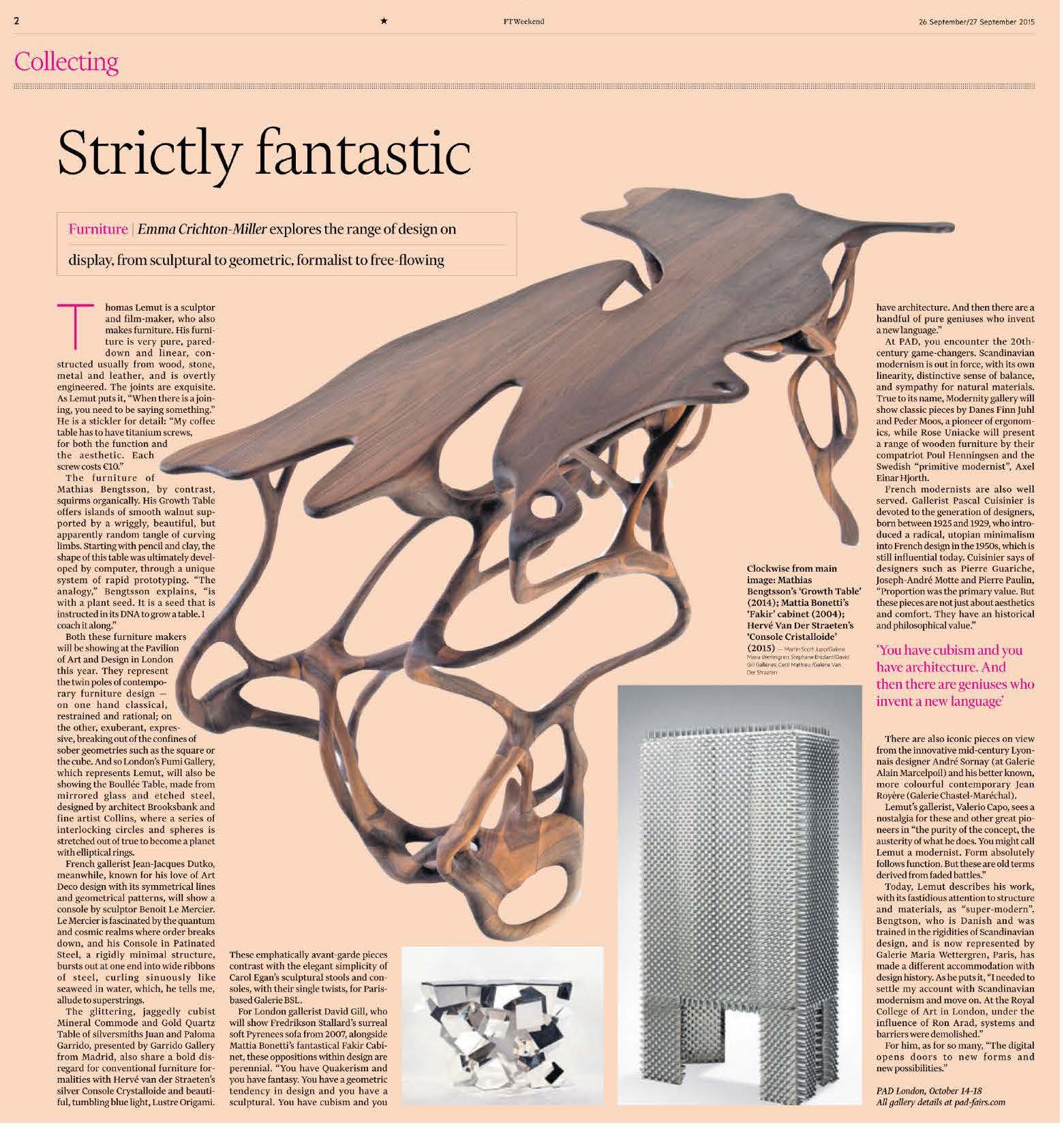
LA GAZETTE DROUOT / June 12th, 2015
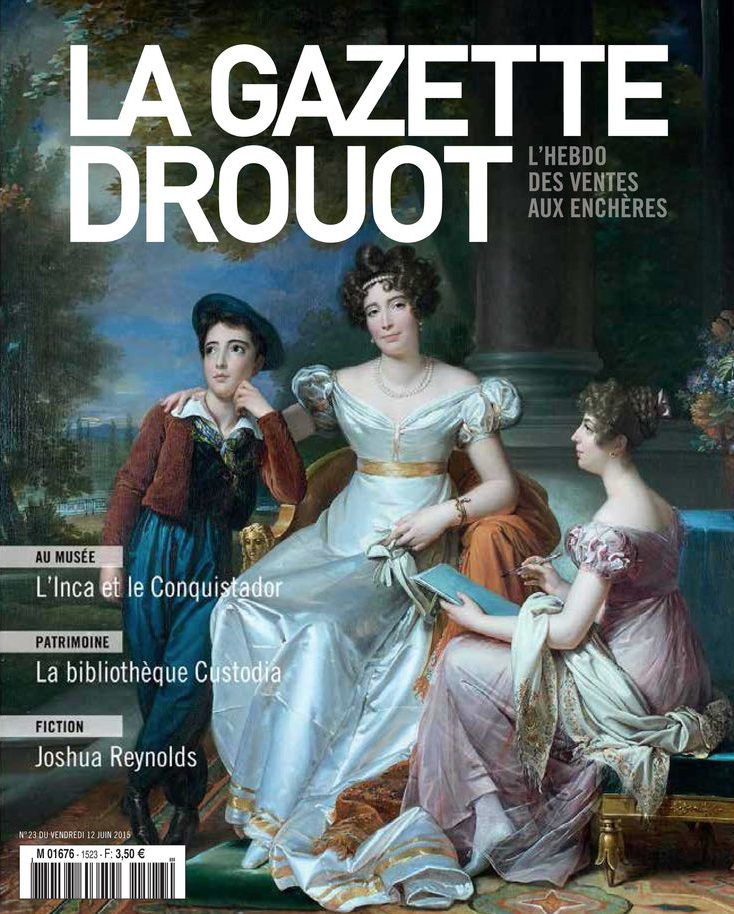
BLOUIN ART INFO / June 19th, 2015

AD / June 17th, 2015

MILANO ARTE MODA / June 15th, 2015



